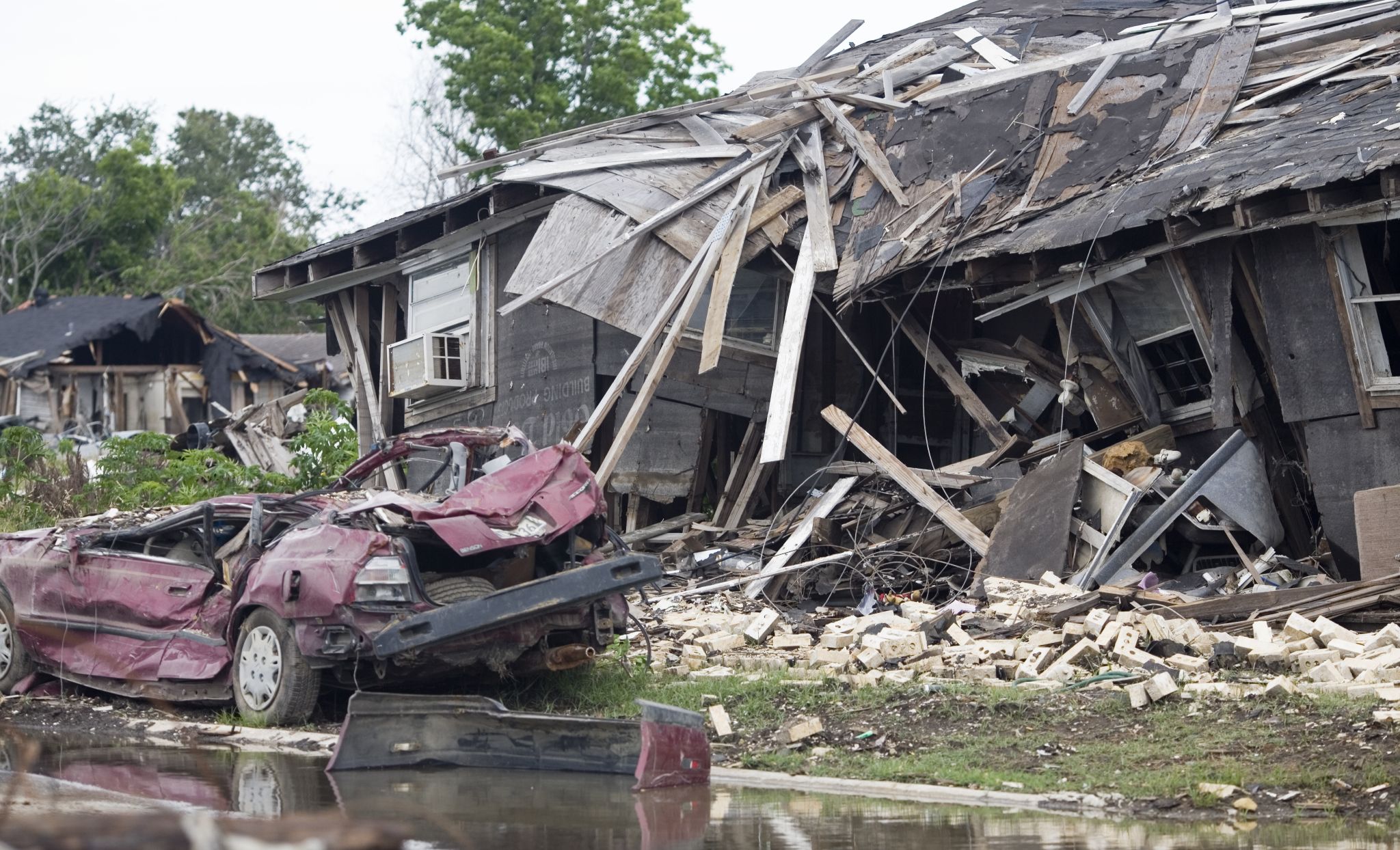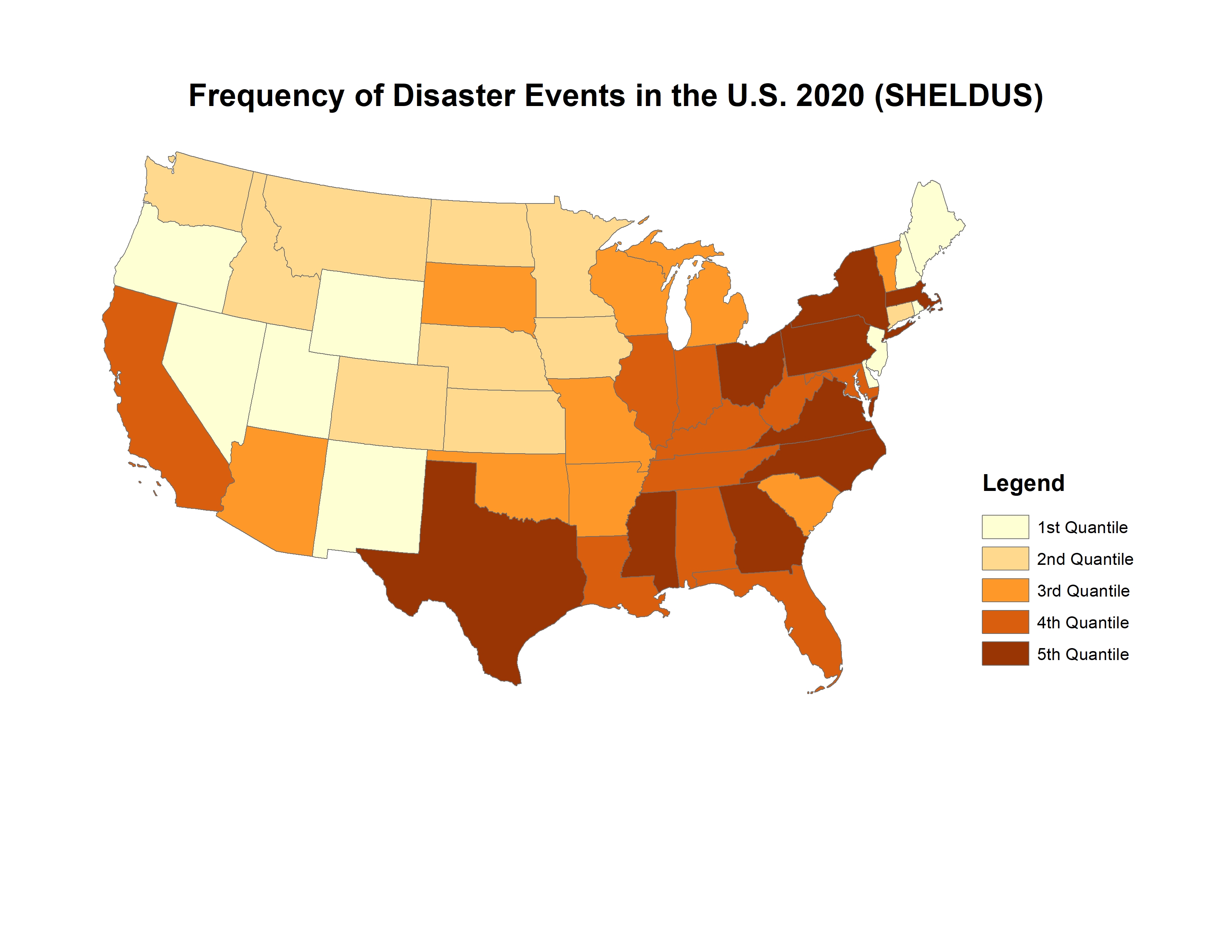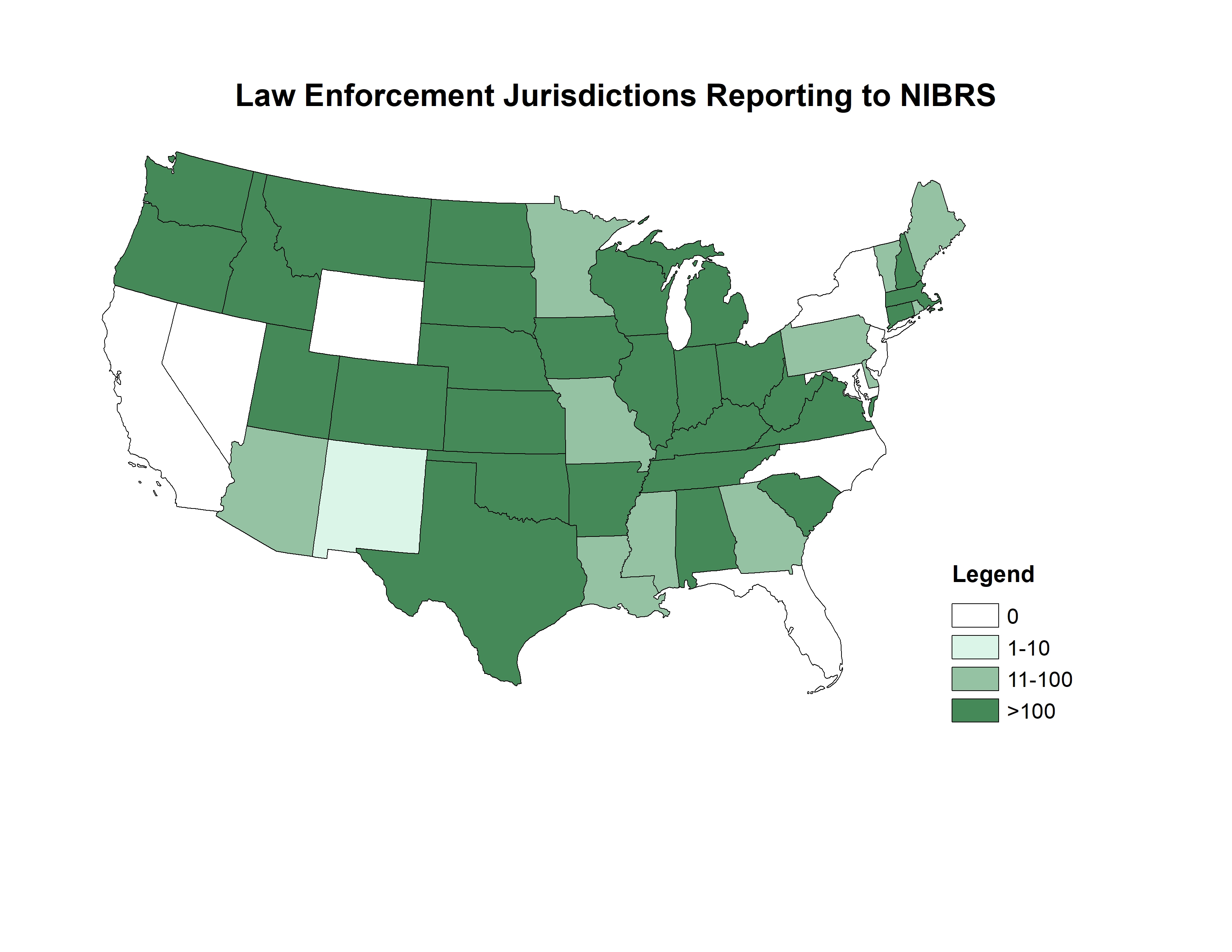Objectives
Disasters and other climate-related threats pose a significant threat to communities and human livelihood worldwide. These disaster events are slowly becoming more extreme and their societal repercussions more egregious. As exposure to said events increases with climate change, we believe predictions considering time and space will be necessary for appropriate and effective allocation of law enforcement resources. Statistical investigations into crime rates and how they may be affected by natural disasters have yielded inconsistent or contradictory findings. Thus, the objective of this study is to investigate the spatio-temporal changes in crime rates following a variety of natural hazards of varying magnitude in the United States.
Team
- Dr. Petar Jevtic (Principal Investigator, School of Mathematical and Statistical Sciences and CEMHS)
- Dr. Melanie Gall (Co-Principal Investigator, School of Public Affairs and CEMHS)
- Esther Boyle (Ph.D. candidate, School of Mathematical and Statistical Sciences)
- Cody Delos Santos (Ph.D. student, School of Mathematical and Statistical Sciences)
Deliverables
Using principles from Regression Discontinuity Design and drawing data from the National Incident-Based Reporting System and Spatial Hazard Events and Losses Database for the United States, several types of models were fitted to examine if any associations existed between hazard types and changes in crime rates. Indeed, 198 such associations were found. Notably, the models indicated good reason to believe a drop in crime rates was associated with winter weather hazard events. Conversely, several models indicated an association between a rise in crime rates and severe storm or thunderstorm hazard events. Using these findings, law enforcement entities may better plan for a change in crime patterns in the aftermath of such hazard events. Given the common funding and staffing challenges facing said entities, optimal resource allocation at this time is crucial. The tables containing our findings should thus be examined by any such law enforcement departments seeking such information.


